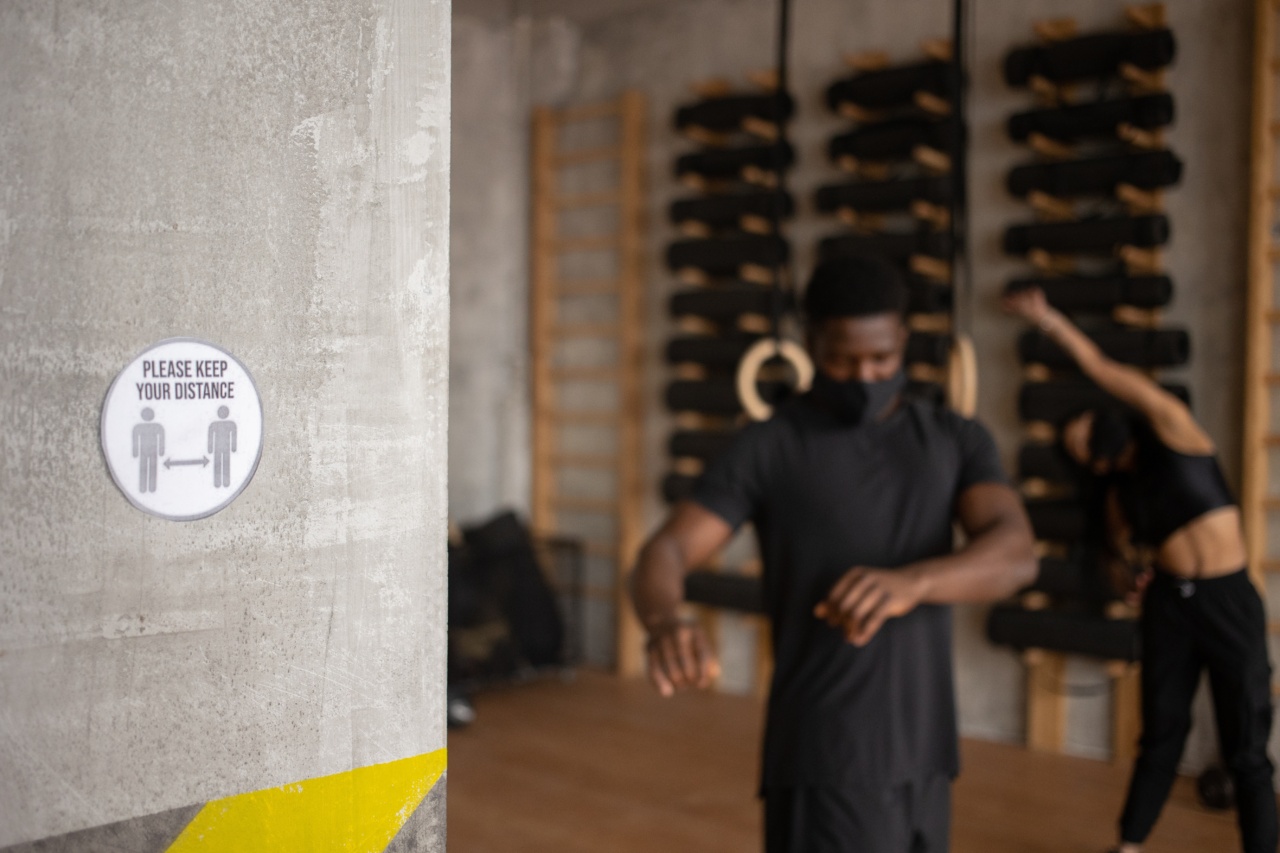Osteoporosis is a common disease that affects many women, particularly postmenopausal women. It is a condition wherein bones become weak and brittle, making them more prone to fractures. While osteoporosis can occur in men, it is more common in women.
Studies have shown that regular exercise can help prevent osteoporosis, and even slow down its progression. In this article, we’ll discuss the benefits of exercise in preventing osteoporosis, and some of the best exercises to incorporate into your routine.
Why Exercise is Important for Preventing Osteoporosis
Exercise is a crucial component of maintaining healthy bones, and can help prevent osteoporosis in several ways. Firstly, exercise helps stimulate the bones to rebuild and become denser, which can help prevent fractures.
Secondly, exercise helps improve balance and coordination, which can reduce the risk of falling, one of the major causes of fractures in people with osteoporosis.
According to the National Osteoporosis Foundation (NOF), falls contribute to about 95% of hip fractures in older adults.
Thirdly, exercise can reduce the risk of osteoporosis by promoting muscle strength. Strong muscles can support and protect the bones, reducing the risk of fractures caused by impact or an accident.
Types of Exercise for Preventing Osteoporosis
When it comes to preventing osteoporosis, there are several types of exercise that are particularly beneficial. Here are some of the best exercises to incorporate into your routine:.
Resistance Training
Resistance training, also known as weight-bearing exercise, is any exercise that involves lifting weights or resistance bands. This type of exercise helps strengthen the muscles and bones, reducing the risk of fractures.
Studies have shown that even short-term resistance training can have a positive impact on bone health, so incorporating weight-bearing exercises into your routine is essential.
Weight-bearing Aerobic Exercises
Weight-bearing aerobic exercises are any exercises that involve bearing your own weight, such as walking, jogging, dancing or hiking. These types of exercises help stimulate bone growth and reduce the risk of fractures.
Walking, in particular, is a great low-impact exercise that is easy to incorporate into your daily routine.
Balance and Coordination Exercises
Exercises that improve balance and coordination can significantly reduce the risk of falls and fractures in people with osteoporosis. Some examples of these types of exercises include yoga, tai chi, and Pilates.
These exercises help improve stability and core strength, which can improve balance and reduce the risk of falls.
Flexibility Exercises
Exercises that improve flexibility, such as stretching or yoga, can help reduce the risk of muscle strains and other injuries. These types of exercises can also help improve range of motion, reducing the risk of falls and fractures.
Tips for Incorporating Exercise in Your Routine
Exercise is an essential component of maintaining healthy bones, but it can be challenging to incorporate exercise into your routine. Here are some tips for getting started:.
Start Gradually
If you’re new to exercise or have been inactive for a while, start gradually. Begin with low-impact exercises, such as walking, and gradually add in more intense exercises over time.
Set Realistic Goals
Setting realistic goals can help you stay motivated and prevent injuries. Start with small goals and gradually increase the intensity and duration of your workouts.
Listen to Your Body
If you experience pain or discomfort during exercise, stop immediately. It’s normal to feel some soreness after exercise, but sharp or intense pain is a sign that something may be wrong.
Maintain a Balanced Diet
Eating a balanced diet rich in calcium and vitamin D can help support bone health. Good sources of calcium include dairy products, leafy greens, and fortified foods. Vitamin D can be found in fatty fish, egg yolks, and fortified foods.
Conclusion
Osteoporosis is a common condition that affects many women, particularly postmenopausal women. While there is no cure for osteoporosis, regular exercise can help prevent the condition and slow down its progression.
Incorporating weight-bearing and balance exercises into your routine can significantly reduce the risk of fractures, and improve overall bone health. As with any exercise, it’s important to start gradually and set realistic goals, and listen to your body. Eating a balanced diet rich in calcium and vitamin D can also help support bone health.


























